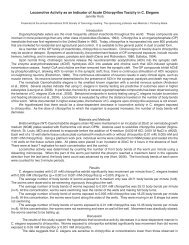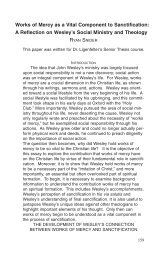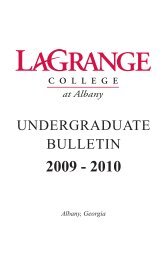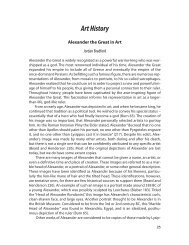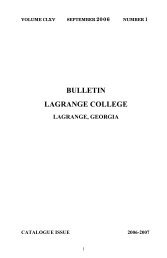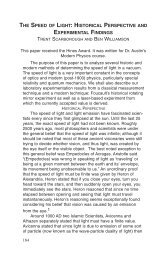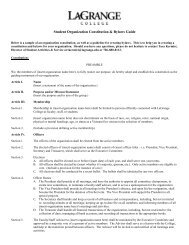History Gorbachev's Perestroika and the Collapse of the Soviet Union
History Gorbachev's Perestroika and the Collapse of the Soviet Union
History Gorbachev's Perestroika and the Collapse of the Soviet Union
You also want an ePaper? Increase the reach of your titles
YUMPU automatically turns print PDFs into web optimized ePapers that Google loves.
Laura Cummings<br />
focused on consolidating <strong>and</strong> maintaining his position in <strong>the</strong> party, he also considered<br />
how his actions <strong>and</strong> policy decisions affected <strong>the</strong> people he was chosen to<br />
lead. 22 Throughout his term he attempted to find <strong>and</strong> maintain a balance between<br />
his humanitarian sentiments <strong>and</strong> <strong>the</strong> harsh leadership that <strong>the</strong> party dem<strong>and</strong>ed <strong>of</strong><br />
him.<br />
During <strong>the</strong> early years <strong>of</strong> Gorbachev’s term, a series <strong>of</strong> reforms were articulated<br />
that were aimed at restructuring <strong>the</strong> economy <strong>and</strong> loosening up <strong>the</strong> restrictions<br />
on <strong>the</strong> media <strong>and</strong> o<strong>the</strong>r forms <strong>of</strong> public opposition or openness. Because <strong>the</strong><br />
economy was so weak <strong>and</strong> internal operations were inefficient, <strong>the</strong> system needed<br />
to be reformed <strong>and</strong> re-energized. Gorbachev recognized that need <strong>and</strong> attempted<br />
to fix <strong>the</strong> problems through a series <strong>of</strong> sweeping reforms headlined by glasnost<br />
<strong>and</strong> perestroika. 23 These two policies truly go h<strong>and</strong> in h<strong>and</strong>, <strong>and</strong> according to Gorbachev,<br />
“without glasnost <strong>the</strong>re would have been no perestroika.” 24 In <strong>the</strong> simplest<br />
terms, glasnost is defined as openness. It allowed for greater freedom in <strong>the</strong> press<br />
<strong>and</strong> a better flow <strong>of</strong> ideas in <strong>and</strong> out <strong>of</strong> <strong>the</strong> Iron Curtain. Gorbachev argued that<br />
glasnost “awakened people from <strong>the</strong>ir social slumber, helped <strong>the</strong>m overcome indifference<br />
<strong>and</strong> passivity <strong>and</strong> become aware <strong>of</strong> <strong>the</strong> stake <strong>the</strong>y had in change <strong>and</strong> <strong>of</strong> its<br />
important implications for <strong>the</strong>ir lives.” 25 The intent <strong>of</strong> glasnost was to allow dissenting<br />
voices to legally be heard <strong>and</strong> also to allow people to see what conditions were<br />
like outside <strong>of</strong> <strong>the</strong> <strong>Soviet</strong> <strong>Union</strong> in <strong>the</strong> hopes that it would reaffirm <strong>the</strong>ir support for<br />
communism. However, <strong>the</strong> exact parameters <strong>and</strong> overall aims <strong>of</strong> glasnost were not<br />
directly articulated by Gorbachev or his government. 26 This failure to clearly state<br />
<strong>the</strong> purposes <strong>and</strong> meanings <strong>of</strong> policies were a problem that plagued Gorbachev’s<br />
reforms until <strong>the</strong> fall <strong>of</strong> <strong>the</strong> <strong>Soviet</strong> <strong>Union</strong>.<br />
<strong>Perestroika</strong>, on <strong>the</strong> o<strong>the</strong>r h<strong>and</strong>, was focused on restructuring <strong>the</strong> economy<br />
<strong>and</strong> helping stop its decline. Historian Robert Grogin provided <strong>the</strong> following definition<br />
<strong>of</strong> <strong>the</strong> policy:








